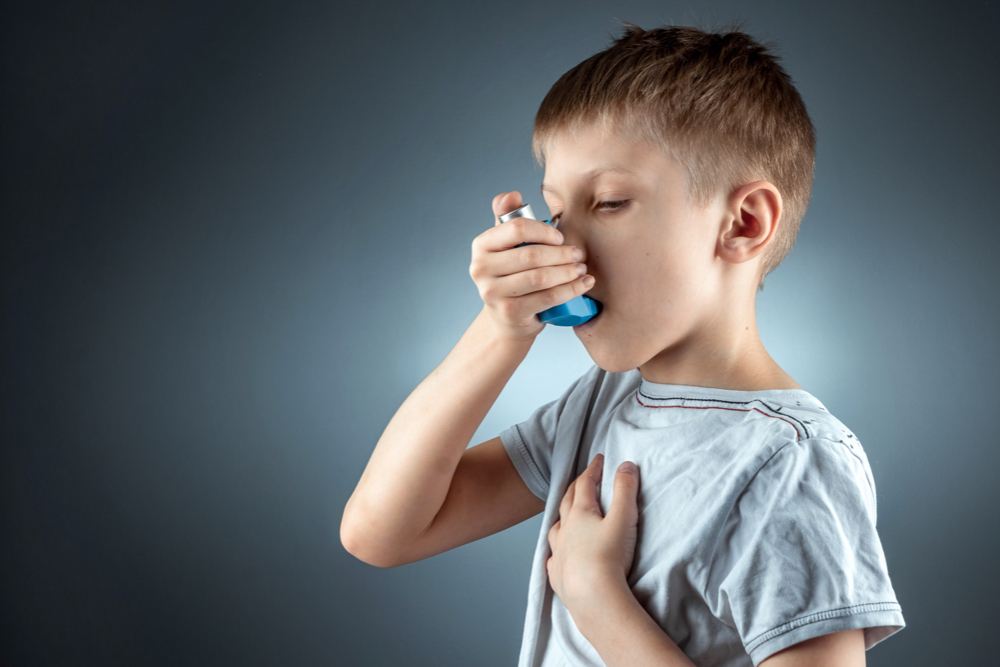Difficult breathing in children can be a sign of various issues and requires careful evaluation by a healthcare professional. The characteristics of difficult breathing in children may vary depending on the cause, but they can include the following:
- Retractions: Observable retractions or the pulling in of areas such as the chest, neck, or intercostal spaces during inhalation can indicate breathing difficulties. Retractions are a sign that the child has to work harder to take in air.
- Audible Breathing: Children with breathing difficulties may produce unusual sounds or noises during breathing, such as wheezing, whistling, or rattling.
- Rapid Breathing: Children with breathing issues often breathe faster than normal. A high respiratory rate (tachypnea) can be a sign that the child is trying to compensate for reduced oxygen levels.
- Skin Color Changes: Breathing difficulties can lead to changes in skin color, including bluing of the lips, nose, and fingernails (cyanosis).
- Restlessness or Anxiety: Children with difficult breathing often become restless, nervous, or anxious as they struggle with breathing problems.
- Shortness of Breath: A child may feel that they cannot take in enough air and exhibit signs of shortness of breath.
- Coughing: Coughing may be present, especially if breathing difficulties are caused by respiratory issues such as infections or obstructions.
- Vomiting: Breathing difficulties can sometimes be associated with vomiting or choking, which can be a serious symptom.
It’s important to note that breathing difficulties in children can be caused by various factors, including respiratory infections, allergies, asthma, bronchitis, pneumonia, airway obstructions, and other health issues. If you observe difficult breathing in a child, especially if it is severe, it is important to consult with a pediatrician or a child healthcare specialist for diagnosis and appropriate care.



0 Comments